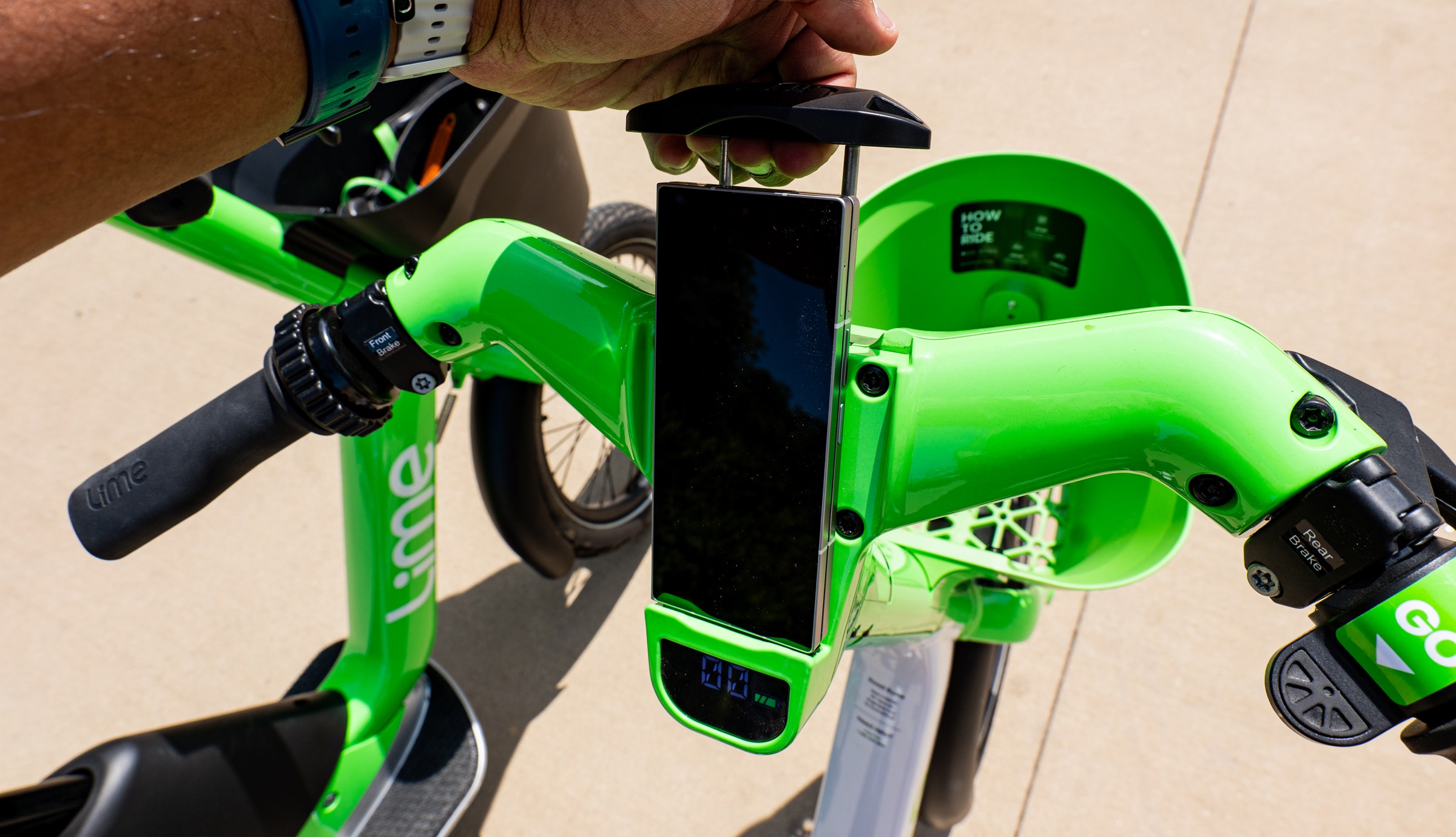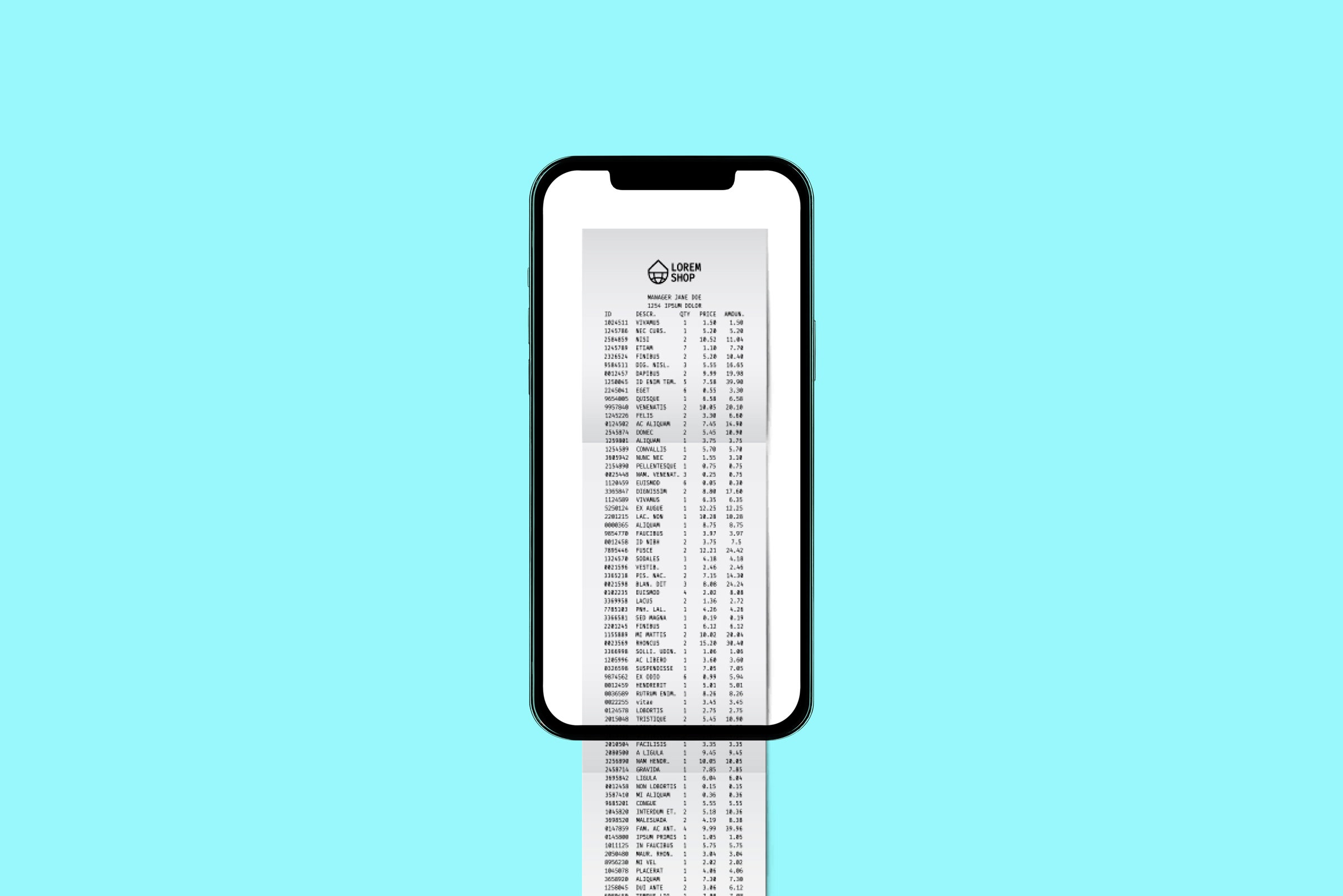Analogue3D’s Retro Console Proves the N64 Controller Was the Worst Ever
I’m here to make friends, bask in the kind, accepting glow of internet comments, and speak the dark truth you’ve all long known to be true: The N64 controller, Nintendo‘s infamous trident joypad for its third home console, is, and always was, awful.
You may think you like it. If you’re of a “certain age,” there’s a fair chance you have fond memories of being huddled around a TV screen, screeching with fury as you got hit by a blue shell in Mario Kart 64; losing yourself in the frenetic chaos of multiplayer Super Smash Bros.; or exploring Hyrule with wide-eyed wonder in Ocarina of Time.
Nostalgia is a powerful force, though—and those warm fuzzy memories of what is undeniably one of gaming’s golden eras blinds you to the fact that you were doing all that with an abomination of a controller wedged into your hands.
Hate’s a strong term to level at a video game controller, but I hate the N64 controller with a passion that must be unhealthy to direct at a bundle of plastic and wires. And, being of that certain age, it’s a hatred I’ve carried since childhood. Yet, as time passed, the hatred had subsided, or at least moved to the background. This week, however, my rage has been brought back to the fore.
Analog Days
The reason for this renewed odium? The reveal of the Analogue3D, an upcoming third-party console that not only plays original Nintendo 64 game cartridges, but makes them palatable on a modern 4K TV screen. Unlike the string of “mini” consoles released over the last few years, such as the SNES Classic Mini or Sega Genesis/Mega Drive Mini, Analogue’s gear doesn’t rely on emulation of games, but rather runs those original cartridges and uses an FPGA chip to—essentially—emulate the hardware of the original console.
It’s not Analogue’s first attempt at reviving classic hardware, having previously launched the likes of the Analogue Pocket, a Game Boy–shaped handheld that plays original Game Boy, Game Boy Color, and Game Boy Advance carts. It can also be kitted out with adaptors to handle Game Gear, Neo Geo Pocket Color, TurboGrafx-16, and Atari Lynx carts, too, making for a retro game collector’s dream system.
The Analogue3D looks to be a promising bit of tech too. Analogue says it’s built around “a 220k LE Altera Cyclone 10GX, the most powerful FPGA Analogue has ever used in a product,” offers region-free support for N64 cartridges from anywhere in the world in NTSC or PAL format, an inbuilt version of the Nintendo Expansion Pak (an N64 accessory that doubled the console’s available memory from 4 MB to a whopping 8 MB, improving performance on select games), and outputs in 4K, or original display modes maintaining “true CRT reference quality” with “immersive scanlines and shadow masks.”
Analogue3D plays original Nintendo 64 cartridges and makes them palatable on a modern 4K TV screen.
It’s also set to have its own dedicated OS, 3DOS, an upgraded version of Analogue’s earlier AnalogueOS rebuilt for 4K screens, allowing users to manage everything from screenshots to Wi-Fi connections.
Know what it doesn’t have, though? That wretched original controller.
Sure, like Nintendo’s original 1996 console, the Analogue3D does feature four physical controller ports to connect N64 joypads, and Analogue as a company rightly highlights that local multiplayer gaming was an integral part of the N64 experience. But … c’mon, it’s 2024, you’re not realistically getting four people to huddle 6 feet away from a massive and eye-burstingly bright 4K TV with corded controllers.
Instead, the Analogue3D supports Bluetooth controllers and allows input remapping through the custom OS. More specifically, Analogue points to retro specialist 8BitDo’s own upcoming 64 Controller as its suggested controller for the Analogue3D—and in doing so, vindicates my lifelong disdain for the actual N64 controller.
Control(ler) Freak
My hatred for the N64 controller rests on its bizarre, confounding, uncomfortable design; chiefly in that it seemed designed for that small subset of humans with three hands. Its spread of functions over a trio of prongs made it boxy, unwieldy, and—crucially—ill suited to the increasingly complex controls that games were beginning to demand in the waning days of the 20th century.
Its left grip was positively minimalist, with only the traditional D-pad and a single shoulder button. The right housed the primary A and B buttons, four smaller C-buttons, and the right shoulder button.
Then there was that damned middle prong, where the analog stick, start button, and trigger-like Z button on the underside lived. Unless you had truly gargantuan hands, it was nearly impossible to reach all the controls at once.
The N64 controller’s defenders will point to its versatility, proclaiming as if it were a virtue that you could hold the outer prongs for traditional 2D games, the middle and right prong for 3D games (at the cost of squishing your hands awkwardly close together), or, in vanishingly few cases, the left and center grips. To which I say this: No other controller before or since has demanded players conduct such a degree of ergonomic gymnastics to figure out how to play a game.
Yes, in many ways the N64 controller was a pioneer. It was the first mainstream joypad to incorporate an analog stick, integral to the new era of 3D games—but even then Nintendo’s designers somehow didn’t foresee the need to have a second stick to control camera views. The quartet of C-buttons could often approximate the function of a camera stick, but just as often it would be used for input controls instead.
There was a bit of a hack available—select games, such as Rare’s GoldenEye 007 and Perfect Dark, could allow one player to hold two N64 controllers, using the middle prong on each one to approximate twin-stick controls, but it was so unwieldy as to be little more than a gimmick.
In the end, Nintendo’s great innovation was almost immediately improved upon with Sony’s Dual Analog Controller for the original PlayStation, which launched a mere 10 months later.
Three-Pronged Nightmare
Here, in 2024, both the Analogue3D console and 8BitDo’s 64 Controller, each an ardent love letter to Nintendo’s original hardware, seem to want to dodge saying that the trident controller just wasn’t very good—but their actions speak volumes.
Pointedly, 8BitDo’s effort elegantly refines the core elements of the N64 controller into a layout better suited for most players (certainly those with two hands), while keeping some of the more iconic elements in place. The chunkier A and B buttons, the spacing and size of the C buttons, the familiar D-pad and (still singular) analog stick. All are present, just arranged in a way that’s actually usable.
It’s really a testament to just how beloved Nintendo is by its fans that it was even able to release such a controller in the first place (and even more of one in how it can still sell wireless N64 controllers for the Switch). If almost any other company released a similarly odd controller, it would be eaten alive—just ask Sega’s Dreamcast, criticized a few years after the N64 for a controller that felt like holding a dinner plate, and which maintained a sole N64-style thumbstick (along with its own baffling design choices, like the connection cord coming out the bottom of it).
As a console, the Nintendo 64 really was one of the all-time greats. It was home to dozens of best-in-class games, from the classics that are still talked about in hallowed whispers to this day—GoldenEye 007, Super Mario 64, The Legend of Zelda: Ocarina of Time—to lesser-known gems such as Diddy Kong Racing, Ogre Battle 64, or 1080° Snowboarding.
Yet the hill I will die on is that none of them were made any better at all by the design disaster that was the N64 controller. It’s taken decades of screaming into the void over how much I hated that joypad, but it seems the universe—or at least parts of the retro gaming community—have finally paid attention. Hallelujah.


